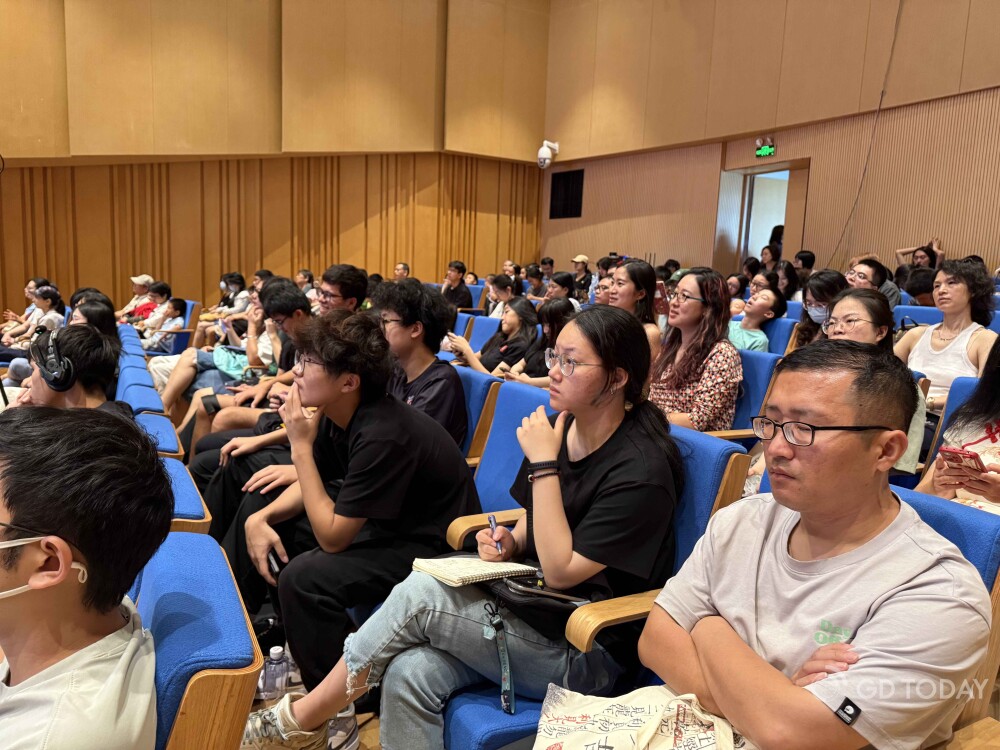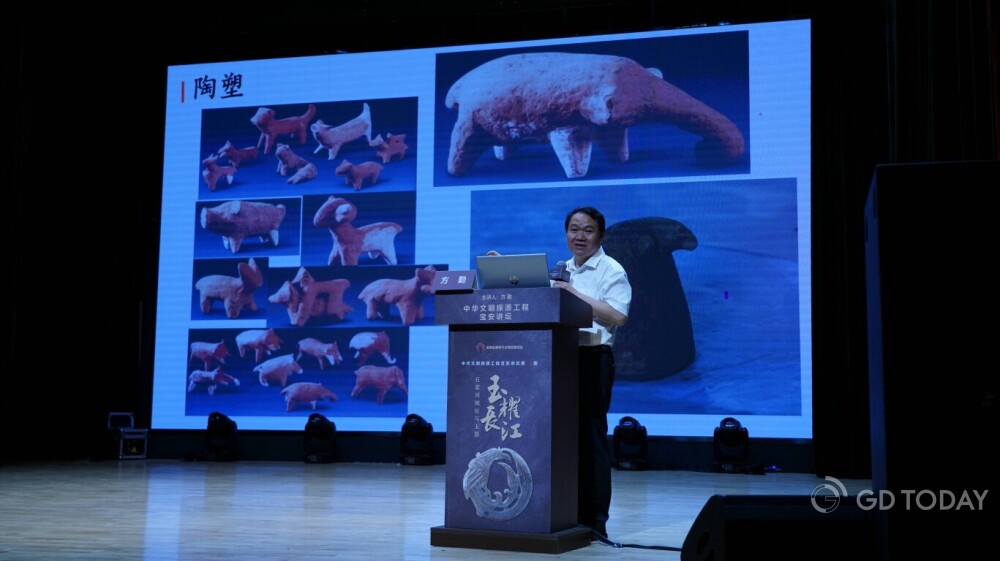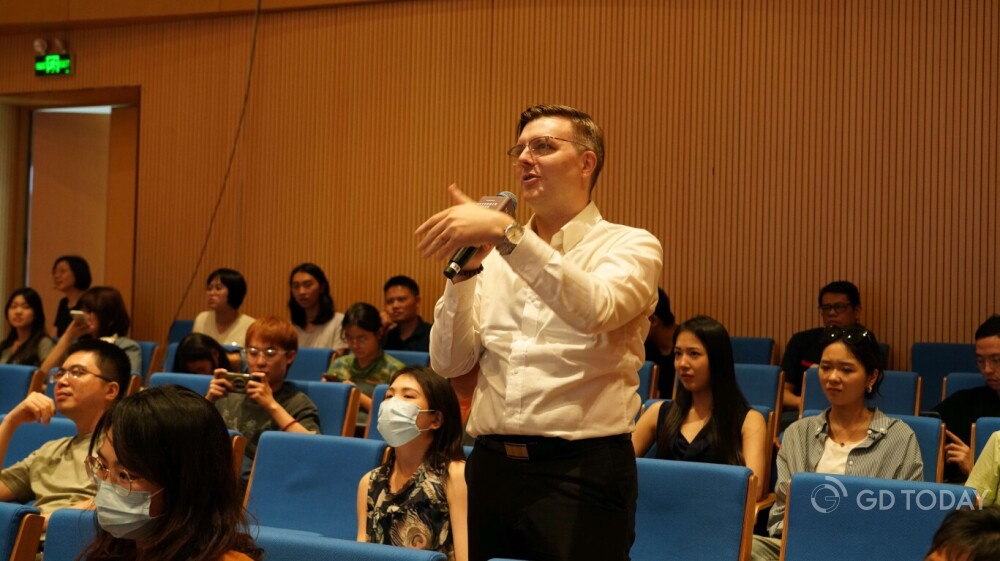Over 200 attendees gathered at Shenzhen's Bao'an 1990 Theater on April 26 for a dynamic relaunch of the Chinese Civilization Exploration Project lecture series, which blended scholarly insights with interactive cultural experiences. The event, designed to decode China's prehistoric roots, attracted local history enthusiasts and an international crowd, including expatriates and students, on a vivid journey through the 5,900-year-old Shijiahe civilization.

Unearthing a "Prehistoric Metropolis"
Centered on the Shijiahe ruins in Hubei Province—a sprawling 3.5-million-square-meter urban cluster dating back 5,900 to 3,800 years—the lecture revealed how this "Stone Age CBD" reshaped perceptions of China's early history. Dr. Fang Qin, director of the Hubei Provincial Institute of Cultural Relics and Archaeology, detailed the site's sophisticated flood-resistant walls (80 to 100 meters wide), interconnected water management systems, and ritual jade artifacts. "Shijiahe's urban planning and craftsmanship rival contemporaneous Yellow River cultures, proving the Yangtze's equal significance in China's civilizational dawn," he noted.

The site's jade relics—intricately carved dragons, phoenixes, and deity figures—served as a focal point. Dr. Fang drew parallels between Shijiahe's "jade god masks" and artifacts from Liangzhu and Sanxingdui, suggesting cross-regional cultural exchanges. "A C-shaped jade dragon found here echoes designs from Hongshan and Lingjiatan cultures," he explained, "highlighting a shared symbolic language across Neolithic China."
Global Audience Engages with Ancient Mysteries
The event attracted history enthusiasts like Claude, a Canadian expatriate, who photographed exhibits while cross-referencing terms on his phone. "Yesterday, I visited Hong Kong Palace Museum; today, Shijiahe opens another chapter," he said, questioning why elephant motifs appeared on pottery. Dr. Fang acknowledged ongoing debates: "Were they inspired by local wildlife or symbolic imagination? More evidence is needed."

Meanwhile, Tony Huang, a 10th grader from Shekou International School (SIS) in Shenzhen, joined a pottery workshop after the public lecture. "Recreating 4,000-year-old clay figurines helps me connect with people's creativity and ancient civilizations in a profound, tangible way," he remarked. His Chinese teacher, Ms. Denise Wang, also highlighted the event's interdisciplinary value: "This hands-on experience serves as a prime example of how IB education at SIS transforms theoretical learning into practical, real-world understanding, enabling students to make meaningful connections between different fields of study and their own cultural heritage."
Bridging Academia and Public Curiosity
Since its 2022 debut, the Bao'an forum has hosted 14 leading archaeologists and evolved into a cultural hub that combines lectures, exhibitions, and interactive activities. A companion photo exhibit, "Tracing Chinese Civilizations," displayed over 200 artifact images from key archaeological sites, while jade-carving and pottery sessions turned abstract concepts into tactile experiences.
By transforming academic jargon into accessible formats, Bao'an is democratizing China's archaeological legacy. The forum's fusion of scholarly rigor and public engagement has made it a model for cultural education in the Greater Bay Area. Upcoming 2025 sessions will delve into the Shimao ruins, Yangshao culture, and Hemudu relics, continuing its mission to decode China's multifaceted past.
Reporter & Photos | Cai Minling, Wangyue
Editor | Wei Shen, James, Shen He
















